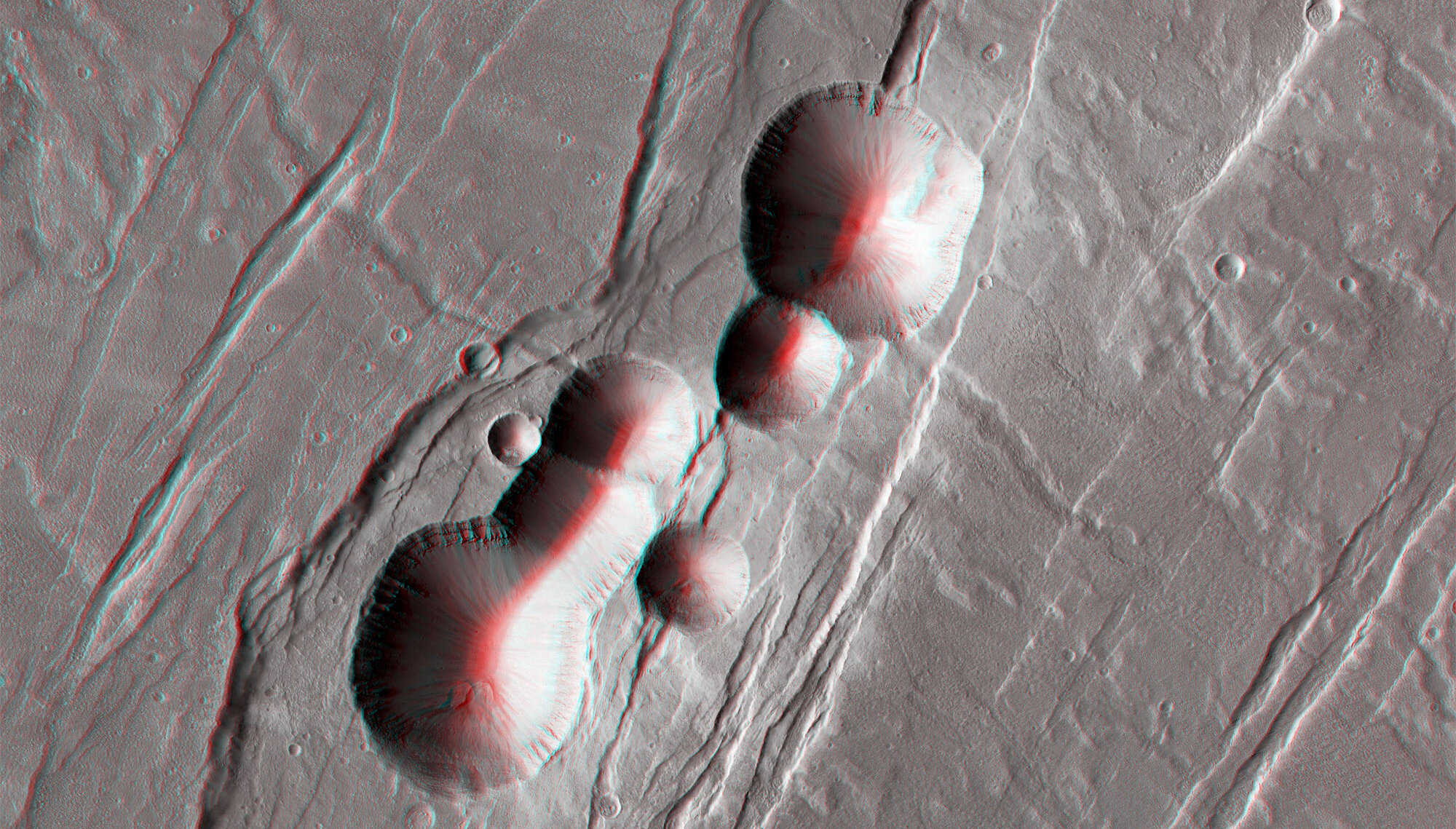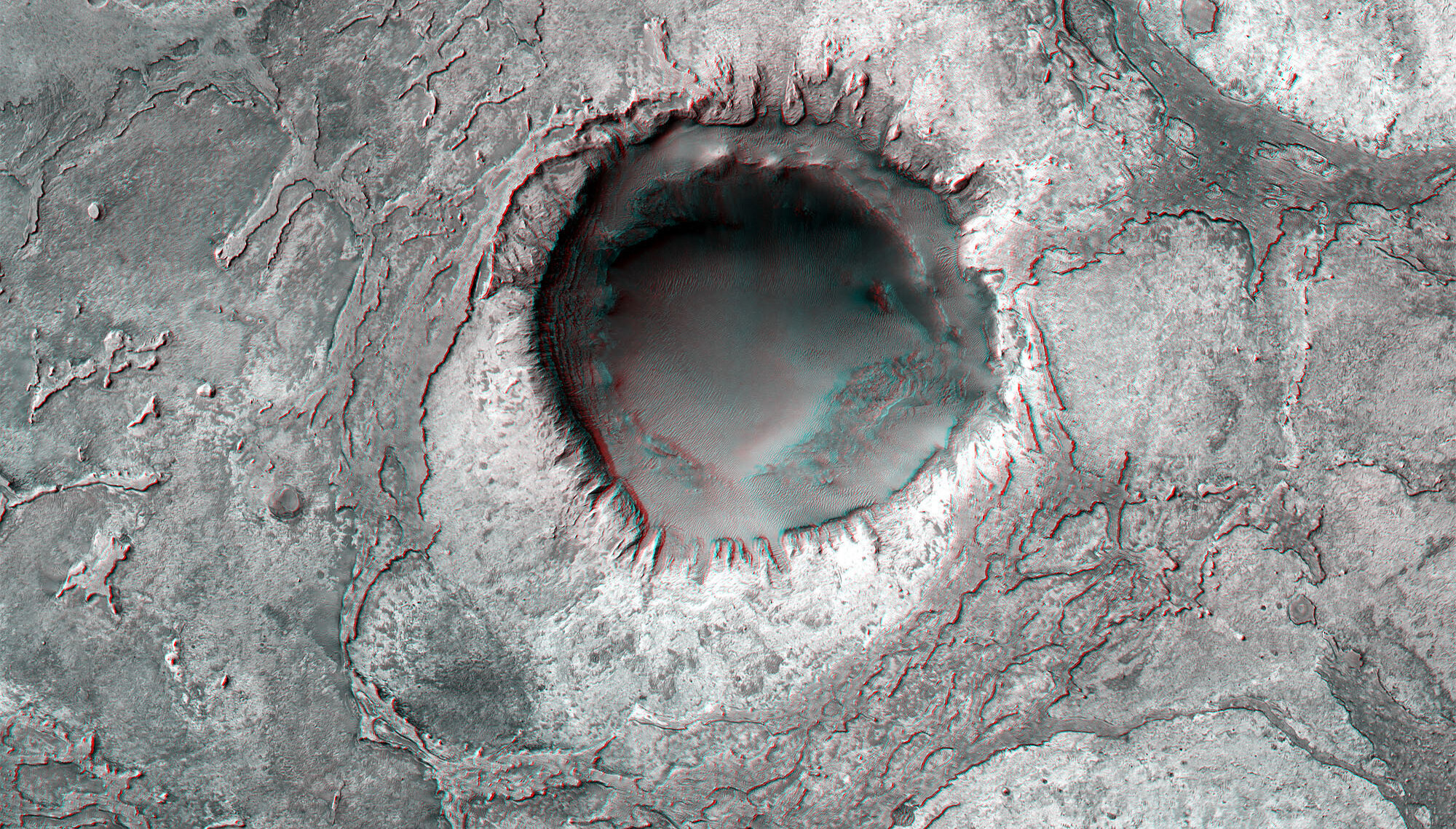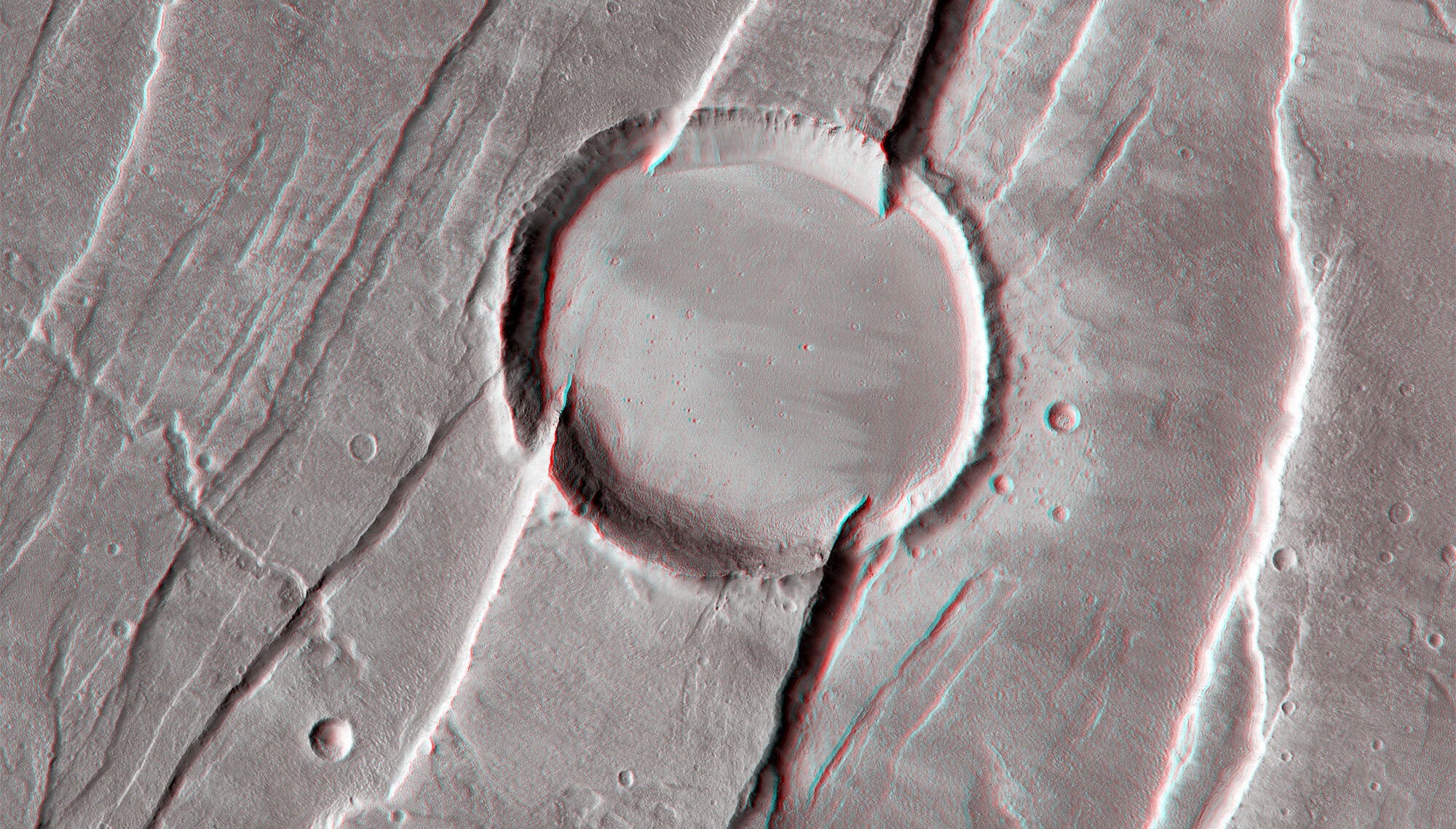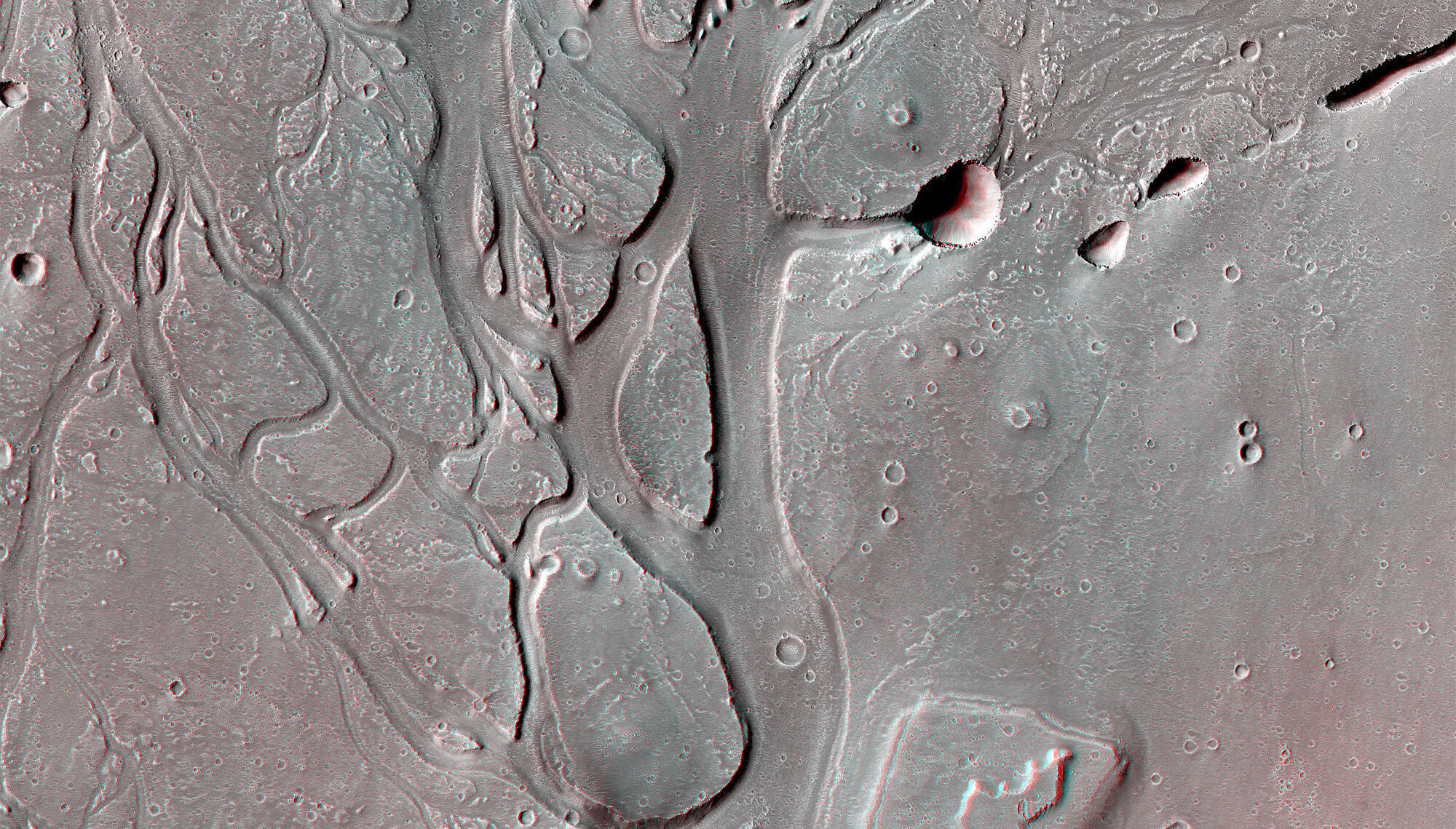EXPLORE SPACE AND OUR SOLAR SYSTEM
On this page, find activities that have been adapted from our interactive workshops to explore space. Our activities encourage playful, creative and hands on learning.
The activities on this page are aimed at pupils in Key Stage 2 (Year 3 - Year 6). Younger students may require the help of someone older.
Topics covered on this page:
Meteorites: exploring the GeoBus collection of meteorites.
Craters: what are craters and where are they found.
The surface of Mars: exploring Mars with 3-D images from NASA.
Amazing Meteorites!
Meteorites are solid rock-like fragments that have landed on Earth. They can come from asteroids, comets, meteoroids, the Moon or even Mars. Meteorites are extremely interesting to study because they can help scientists to understand more about the origins of our Solar System and how the Earth formed. In the GeoBus collection we have a few different types of meteorite that you can find out more about below. Find out more about other types of meteorite described by the Natural History Museum here.
Iron meteorite
This is a Nickel-Iron Campo del Cielo Crystal Meteorite from Campo del Cielo, Argentina. It is roughly 4cm wide and is thought to have landed on Earth 4-6000 years ago. It is very dense and heavy. Iron meteorites are thought to be fragments of a core (the centre) of a big asteroid, similar to the Earth’s metallic core. It is shiny because it has been polished through handling, and is a favourite for its distinctly metallic smell!
Stony chondrite meteorite
Roughly 8cm wide, this meteorite and is made mostly of metals iron and nickel, plus other stone-like minerals. Found in North West Africa (NWA meteorite), it is thought to have fallen up to 10,000 years ago and is over 1 billion years old! On the rounded side of this meteorite you can see a dark fusion crust. This is a layer that forms as a meteorite falls through the Earth’s atmosphere because it gets incredibly hot and burns the outer edges! This is one of the most common types of meteorite found on Earth.
PALLASITE METEORITE
Our pallasite meteorite is approximately 3cm wide, and its likely a Brenham or Brahin meteorite. It is made up of two prominent materials that can most clearly be seen on its flat polished surface. Looking closely, you can see that metal (iron and nickel) surrounds small orange/ yellow spots that look like crystals. These crystals are actually a mineral called olivine that we can find on Earth. Pallasite meteorites like this likely formed between the mantle and molten core of a large asteroid.
MAKE A METEORITE
Now you have learnt a little bit about the different kinds of meteorite that we have found on Earth, you can have a go at making a meteorite of your very own. Open the instructions below to find out how!
When a meteorite lands on a planet or moon it creates something called a crater, which you can find out more about in the next section and activity.
Crazy Craters!
What is a crater?
Craters can be found all throughout the solar system and on a clear night you can even spot large craters on the Moon! A crater is a circular shaped hole or pit on a planets surface that has been created by an asteroid or meteorite impact.
Craters on Earth
You can find craters on Earth, but most have been destroyed through erosion by wind, rain and ice, and because the crust of the Earth is slowly destroyed by plate tectonics. One of the best preserved craters is Barringer Crater in Arizona, America. The drone video to the right shows how big this crater is, stretching to nearly a mile wide. It was made when an iron asteroid (like the one in our collection but around a 1000 times the size) impacted the Earth approximately 50,000 years ago.
CReate a Crater
In this activity, learn more about craters by making your very own cratered planetary surface. Watch the video below and use the instructions our worksheet to help you. We’d love to see what you make, share with us on our twitter @GeoBus_UCL!
3-D PICTURES OF MARS!
What better way to explore the surface of Mars than by looking at 3-D pictures from Nasa?
For this activity you will need a pair of blue and red 3-D glasses. You can find instructions to make your own in the video below. Our favourite pictures that we think work particularly well are on this page, but you can explore the entire collection on the NASA website here.
1. Make your 3-D glasses!
2. Explore mars!
These pictures are taken by satellites orbiting Mars, providing a birds-eye view of the surface. They have later been turned into 3-D images, bringing them to life. In order to investigate and explore the images, first have a think about what they might remind you of? Perhaps you might have seen something like this before? Now take a closer look at the details and what further clues they give about the image. Finally, think about what kind of surface process could have formed these features?
Move your mouse over each image to reveal the caption and find out what the features actually are. Was your theory right?
These images have been selected because they indicate that Mars had a dynamic and active surface in the past that was very different to the still and barren landscape we see today. What do you think Mars was like in the past?




OTHER THINGS TO DO!
Still want to learn more about space? Use our worksheets below to make a solar system poster or play the planet name and planet facts memory games!



